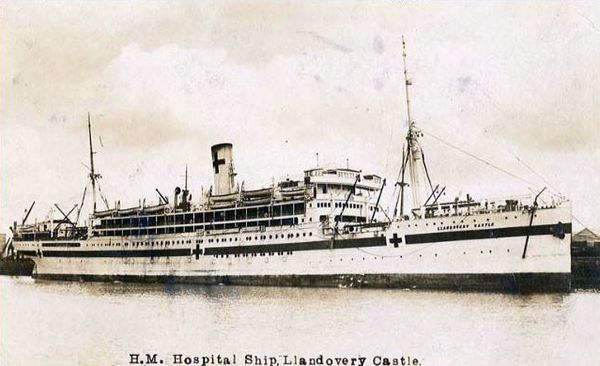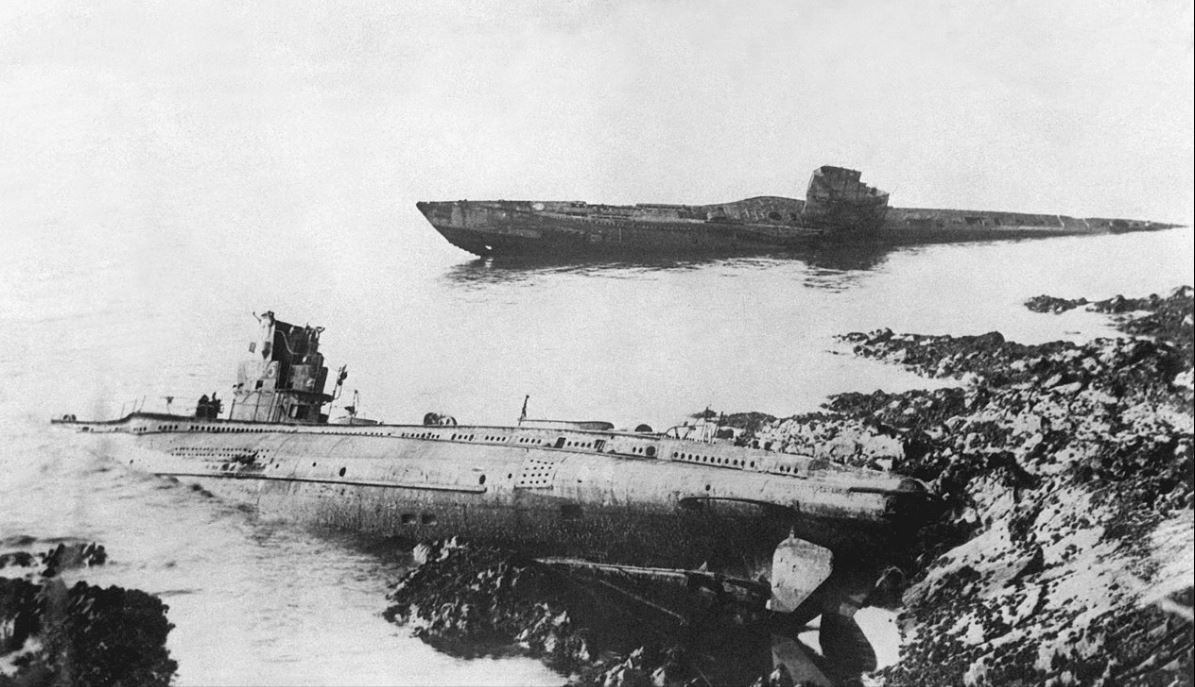Difference between revisions of "HMHS Llandovery Castle"
From Our Contribution
(→Remarks) |
|||
| Line 38: | Line 38: | ||
===Alexandria to Marseilles Acting as a troop ship 20 - 25 March 1916=== | ===Alexandria to Marseilles Acting as a troop ship 20 - 25 March 1916=== | ||
| − | *[[Ivor Trehane Birtwistle]] | + | *[[Ivor Trehane Birtwistle]] |
*[[Aubrey Walter (Swazz) Mead]] | *[[Aubrey Walter (Swazz) Mead]] | ||
*[[Charles Robert Merchant]] | *[[Charles Robert Merchant]] | ||
[[Category:Ships]] | [[Category:Ships]] | ||
Latest revision as of 18:29, 15 January 2023
Remarks
Designed to carry 429 passengers. Converted as a hospital ship in 1916, she could service 622 beds with 102 medical staff. She was chased by a U-Boat off cape Finisterre on 8 Jun 1916, but her speed saved the day. The sinking of the Llandovery Castle by U-Boat U-86 116 miles west of Fastnet Light off southern Ireland on 27 June 1918 is considered one of the worst atrocities of the war. She was employed as a hospital ship enroute from Halifax to Liverpool. Lights illuminating her Red Cross were on when she was torpedoed without warning.
Firing at a hospital ship was against international law and the standing orders of the Imperial German Navy. The captain of U-86, Helmut Brümmer-Patzig, sought to destroy the evidence of torpedoing the ship. When the crew took to the lifeboats, U-86 surfaced, ran down all but one of the lifeboats and machine-gunned many of the survivors. Only 24 people survived out of the 258 people on board. UB-86 was a UB III-class submarine that was commissioned on 10 November 1917, and which made five patrols during the First World War. It was surrendered to Great Britain on 24 November 1918.

